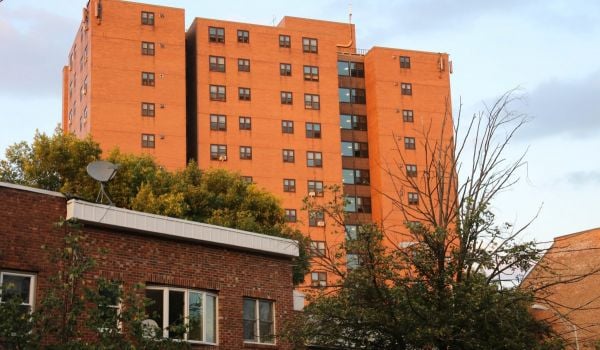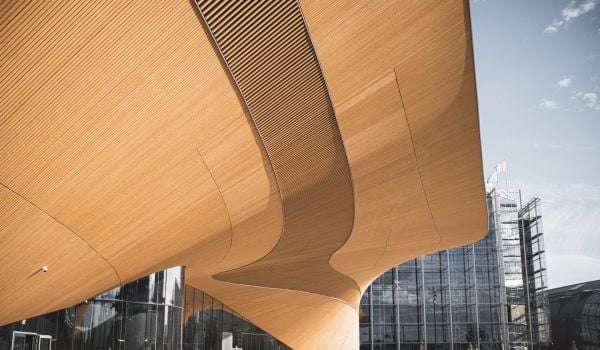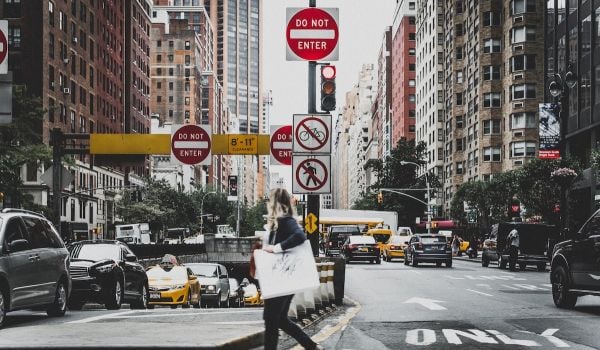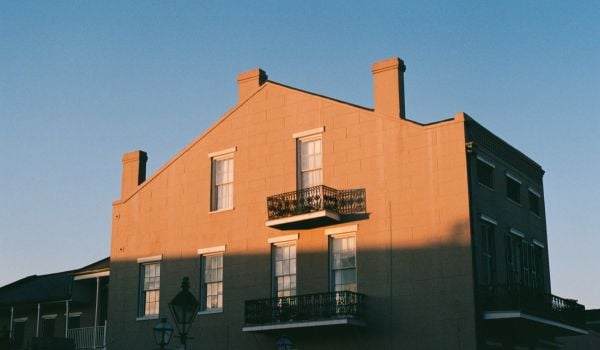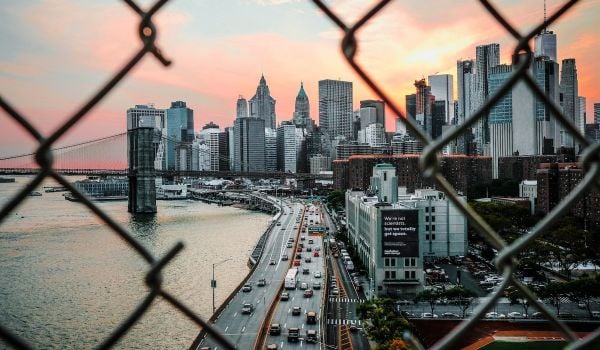From sidewalks to waterfronts, urban infrastructure can have a big impact — good and bad — on community health and well-being. Yet when designing public spaces, officials and planners can sometimes neglect one of their most valuable resources: the residents they’re trying to serve.
A study of a HOPE VI project in Birmingham, Alabama, examined how revitalization attempts in a low-income neighborhood — described by the lead author as a “very high-crime area and definitely a food desert” — affected residents’ health and what people in the neighborhood thought about the changes, before and after.
While the Clinton-era HOPE VI program, which saw the demolition of a lot U.S. public housing complexes, has its fair share of critics, the study points to a link between improved walkability and an increase in exercise in Birmingham’s Ensley neighborhood.
Akilah Dulin-Keita, assistant professor of behavioral and social sciences at Brown University’s School of Public Health, surveyed residents before and after upgrades, which included improved lighting and green space, and biking and walking paths. (At the time, she was a health researcher at the University of Alabama-Birmingham.)
Prior to the improvements, residents were hopeful. According to a Brown University news report:
… Dulin-Keita said many of the resident’s statements made it clear how difficult the environment was for discretionary, or “leisure,” exercise before the change. One resident noted that it would be safe for their kids to play if there were no more broken glass, syringes, or needles, Dulin-Keita recalled. Another resident said, “If you were afraid to go in the Brickyard, now you won’t be.” She recalled another resident saying, “With the removal of the shrubbery, now you don’t have to worry about who’s waiting behind the bushes to rob you.”
According to the “Brown post,” six months after the building of more pedestrian-friendly infrastructure, “residents’ senses of improved neighborhood walkability and of personal physical safety were associated with increases in physical activity.”
While planners have increasingly been thinking about big data’s role in tracking community impact of everything from parks to bike paths, a critical part of Dulin-Keita’s study was, simply, talking to residents. Did the revitalization encourage residents to get outside and active in a place where they previously hadn’t felt safe? What were their biggest concerns and desires for their neighborhood?
“We really thought it was important to represent their voices in the study and their insights about how they would be influenced,” said Dulin-Keita, who teaches a class on urban design and health. “Being able to ask how they felt and what they expected and then being able to test those things quantitatively can provide insight into why [an intervention] is working.”
Jenn Stanley is a freelance journalist, essayist and independent producer living in Chicago. She has an M.S. from the Medill School of Journalism at Northwestern University.
Follow Jenn .(JavaScript must be enabled to view this email address)




